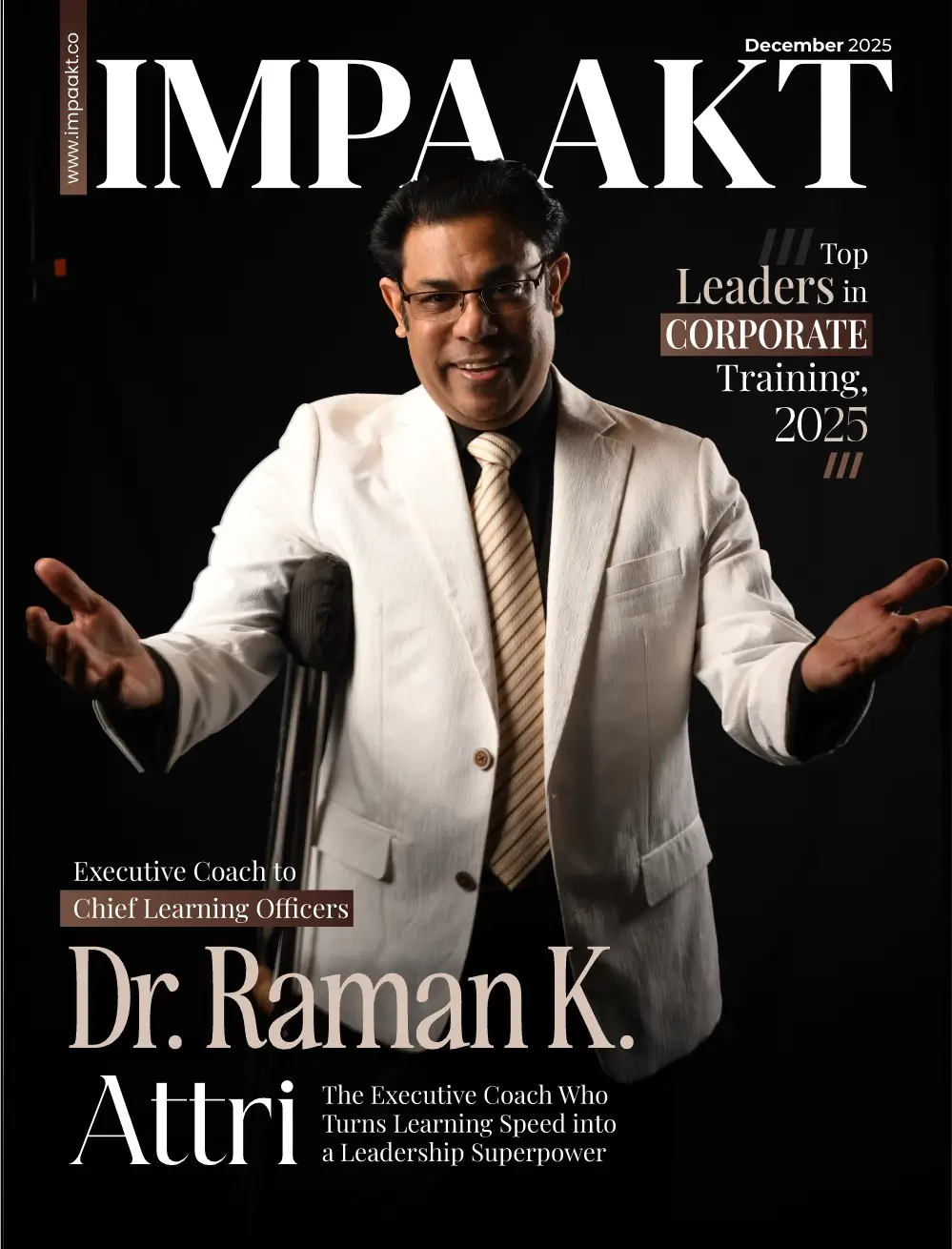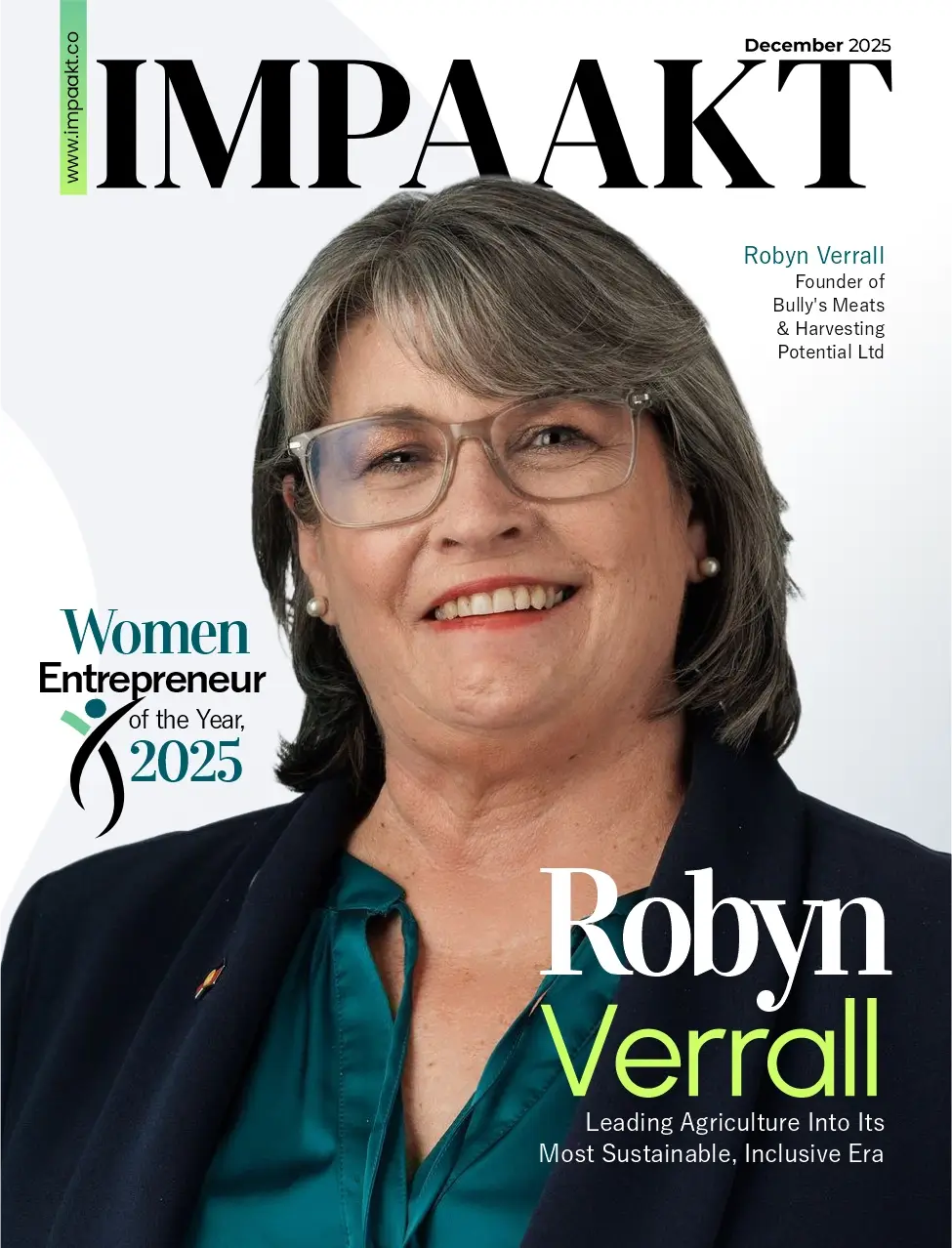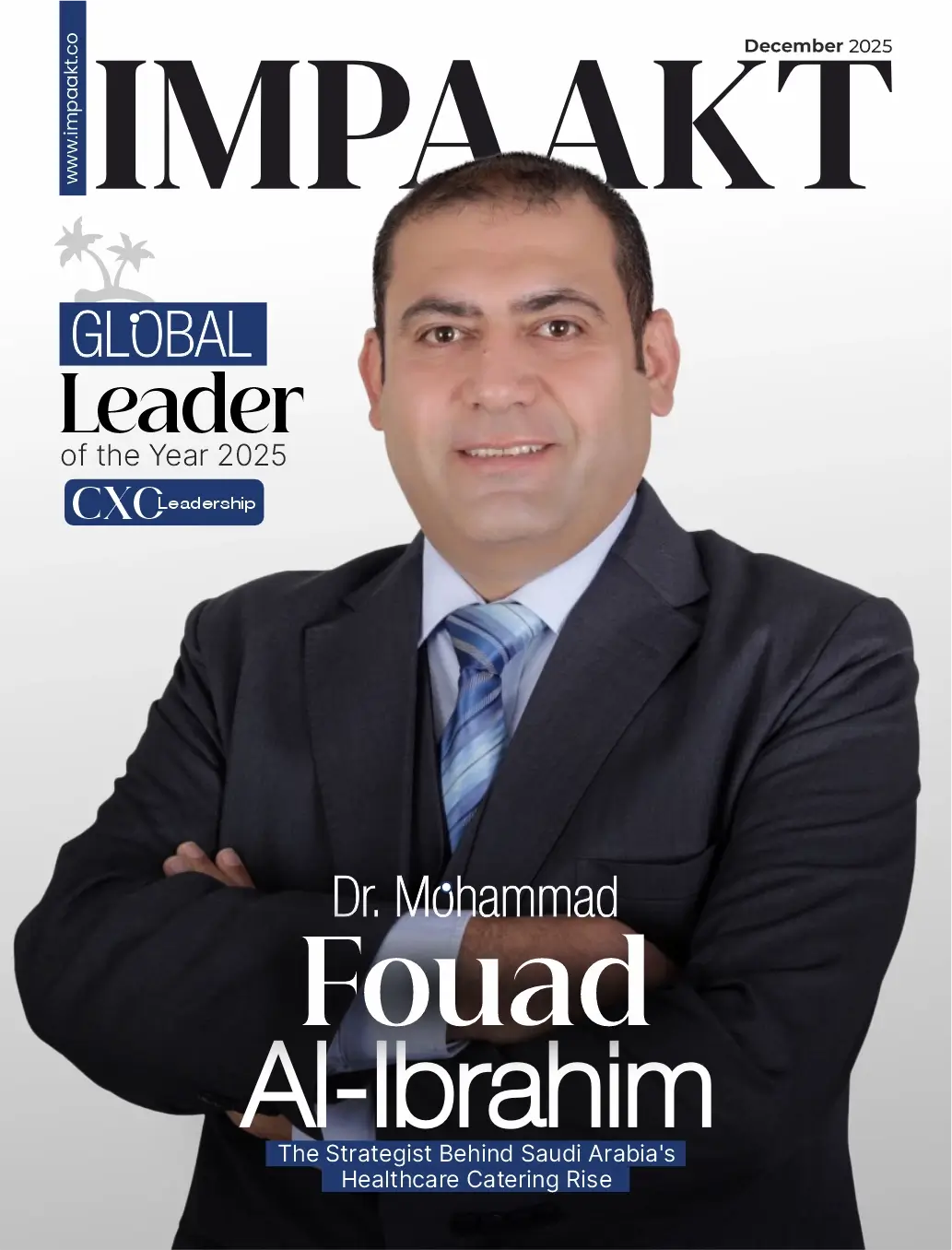When the director of the National Institute of Mental Health resigns to join a Google startup, it sends a message. When that director is Dr. Thomas Insel, after 13 years directing billions in research funding, it becomes a manifesto: the future of mental healthcare won’t be found in academic journals alone—it will be built in silicon, coded in apps, and scaled through technology.
The Unconventional Beginning
Born October 19, 1951, in Dayton, Ohio, Thomas Roland Insel was never one for conventional paths. By age 13, he’d earned his Eagle Scout badge. At 14, he was taking college courses. At 15, he left high school entirely to enroll in Boston University’s Combined Pre-Medical Program, focusing on English literature rather than biology. By 17, having completed most pre-medical requirements, he was hitchhiking across Canada and through the American West.
At 18, newly married, Insel traveled the world, working at a TB clinic in Hong Kong and a mission hospital in Bihar, India. These weren’t gap-year adventures—they were the formation of a worldview that would later challenge psychiatric orthodoxy.
The Scientist Emerges
Insel attended Boston University Medical School from 1970 to 1974, planning to pursue tropical medicine in Asia. But exposure to prominent neuroscientists Walle Nauta at MIT and Norman Geschwind at Harvard redirected his path. He trained in psychiatry at University of California San Francisco from 1976 to 1979, including training in Jungian psychoanalysis—an approach he would later move dramatically away from.
Joining NIMH as a clinical fellow in the late 1970s, Insel launched the first U.S. research project on the biology of obsessive-compulsive disorder. At the time, OCD was treated primarily through psychoanalysis. Insel proved scientifically that clomipramine, a tricyclic antidepressant, effectively treated OCD—not only launching neuropharmacological study of the condition but suggesting the importance of developing SSRI antidepressants, which became mainstays of treatment in the 1990s.
The Love Molecule
Insel’s research took a fascinating turn into the neurobiology of emotion and social behavior. Working with prairie voles—small rodents that form lifelong pair bonds—he discovered that oxytocin and vasopressin, hormones typically associated with childbirth and lactation, were critical for pair bonding in mammals. His lab found that monogamous voles and non-monogamous voles had receptors for these hormones in different brain circuits, suggesting a mechanism for the evolution of monogamy itself.
This wasn’t just elegant science—it was paradigm-shifting research that revealed the biological underpinnings of complex social behaviors. The work made Insel one of the world’s leading experts on the neuroscience of attachment and emotion.
The NIMH Years
In 2002, Insel became the ninth director of the National Institute of Mental Health, a position he held until 2015. His tenure was marked by bold repositioning of mental illness as disorders of brain circuits rather than psychological phenomena alone. He established autism as a major research priority, leading a significant increase in NIH funding for autism research. He championed the Research Domain Criteria, a new framework for classifying mental illnesses based on dimensions of observable behavior and neurobiological measures.
Under his leadership, NIMH invested heavily in genomics, creating large DNA repositories and funding major genotyping and sequencing efforts to identify risk genes. He positioned NIMH as a leader in global mental health, working closely with the World Health Organization.
Awards accumulated: the Sarnat Prize in Mental Health from the Institute of Medicine in 2014, honorary doctorates from Georgetown University, the University of Edinburgh, and Boston University. He was elected to both the National Academy of Medicine and the National Academy of Sciences.
The Pivot to Technology
Then came the unexpected move. In September 2015, Insel announced his resignation to join Verily Life Sciences, Google’s health technology arm. The decision shocked the psychiatric establishment but revealed Insel’s core belief: digital phenotyping—using smartphone signals to measure behavior and mood—represented the future of mental healthcare.
After leaving Verily in 2017, Insel co-founded Mindstrong Health, a digital mental health company focused on measurement-based care for people with serious mental illness. He took a brief departure in 2019 to serve as California Governor Gavin Newsom’s volunteer “behavioral health czar,” working on reorganizing the state’s behavioral healthcare system.
Building the Future
In 2020, Insel co-founded Humanest Care with his daughter, Lara Gregorio—a deeply personal venture aimed at transforming behavioral health. His 2022 book, “Healing: Our Path from Mental Illness to Mental Health,” published by Penguin Random House, synthesizes decades of experience into a vision for systemic transformation.
Currently, Insel serves as Executive Chair of Vanna Health, a company dedicated to optimizing recovery for people with serious mental illness. He sits on multiple boards and advises numerous mental health technology companies, from Alto Neuroscience to Compass Pathways, which is developing psilocybin treatments for depression.
The Business of Better Care
For healthcare executives, payers, and health systems, Insel represents something crucial: a bridge between rigorous neuroscience and scalable technology solutions. His career trajectory validates a fundamental thesis—that mental healthcare transformation requires moving beyond traditional clinical settings into the digital spaces where people actually live their lives.
His work on digital phenotyping suggests that smartphones can become diagnostic and monitoring tools as powerful as any brain scan. For employers grappling with mental health costs and productivity losses, this model offers continuous, unobtrusive measurement and early intervention.
The Unfinished Revolution
Insel’s journey from prairie vole researcher to government director to Silicon Valley entrepreneur tells a larger story about where mental healthcare is headed. It’s moving from hospitals to homes, from annual appointments to continuous monitoring, from reactive treatment to predictive intervention.
His critics argue that his NIMH years produced more research than recovered patients. But Insel himself has acknowledged this—it’s precisely why he left. The move from directing billions in government research to building startups wasn’t retreat; it was commitment to a different kind of impact.
Dr. Thomas Insel didn’t just study the brain—he learned when to walk away from studying it and start building solutions. That decision may be his most important contribution yet.











